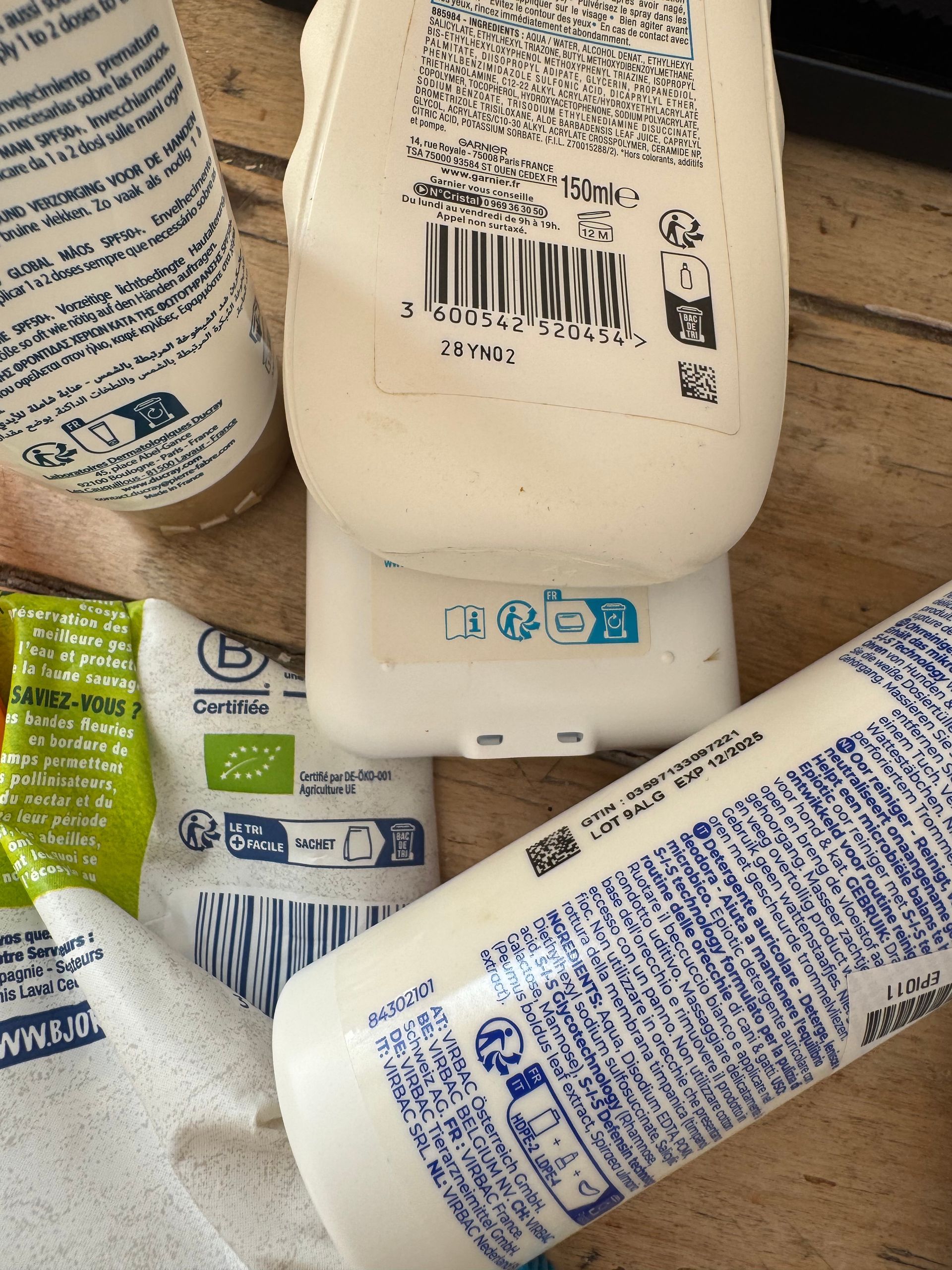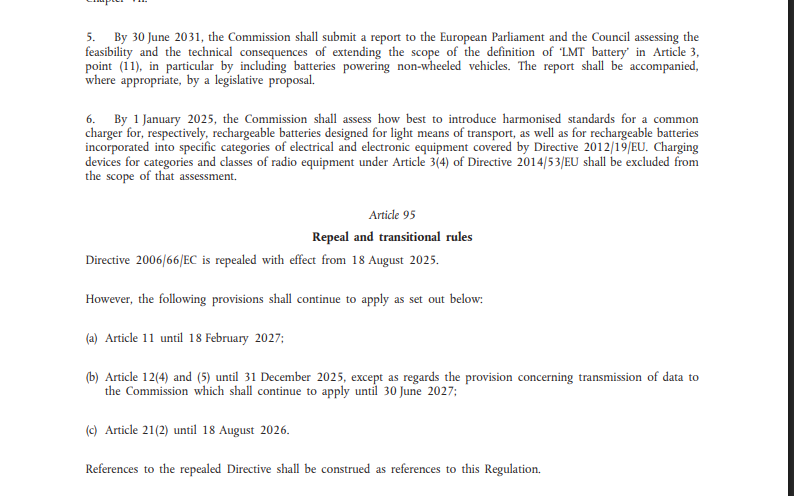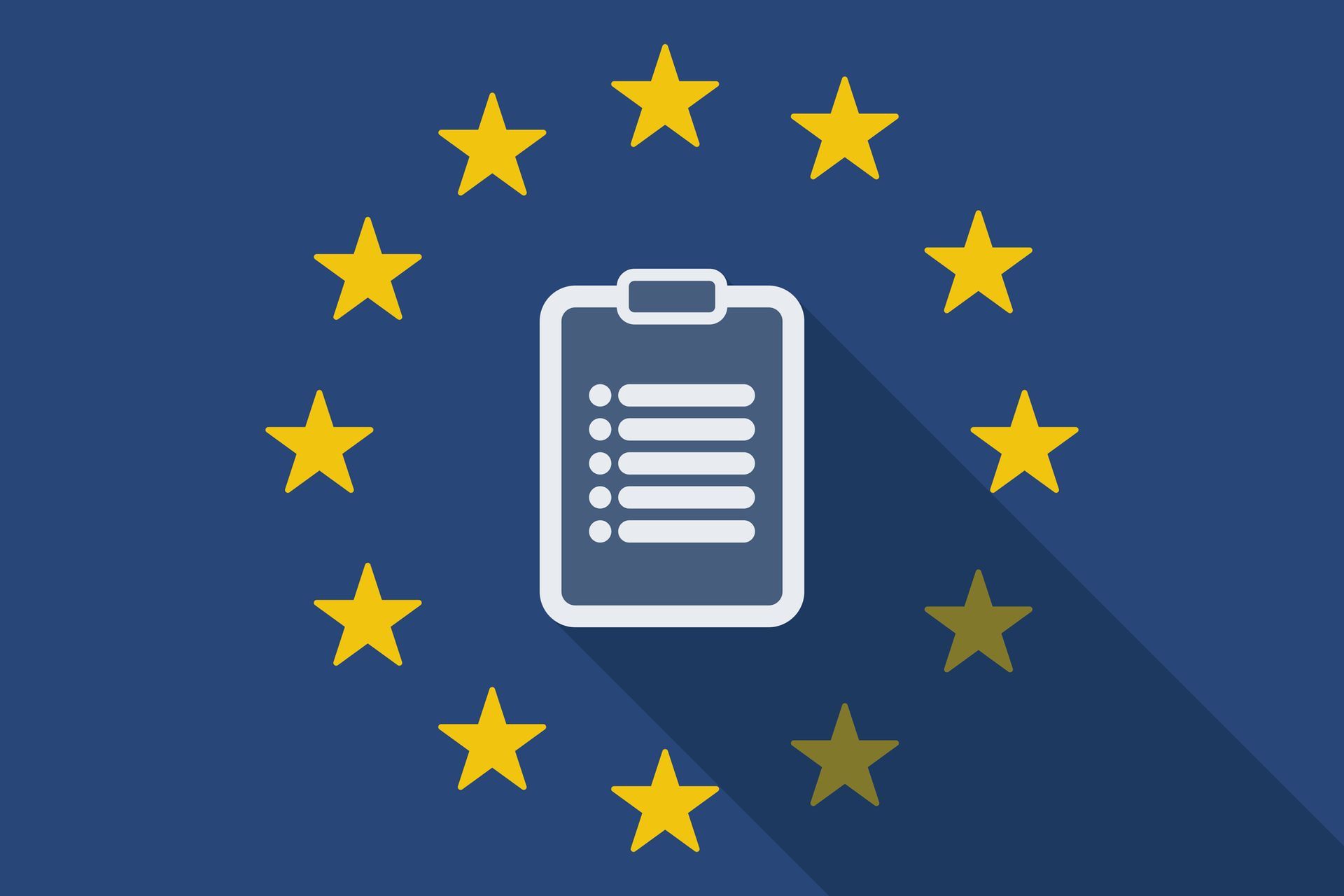EU Commission commits to a seamless Single Market – Is the end of EPR fragmentation finally in sight?
envenance on compliance.
With its new strategic communication “The Single Market: our European home market in an uncertain world” (COM(2025) 500 final), the European Commission has unveiled a far-reaching plan to unlock the full potential of the Single Market. In response to "(...) global economic uncertainty and geopolitical tensions (...)", Brussels aims to simplify, digitalize, and harmonize market conditions across the EU—including in the area of Extended Producer Responsibility (EPR).
For envenance customers managing EPR obligations for WEEE, batteries, packaging, and and also textiles, this Communication signals significant upcoming changes designed to enhance regulatory coherence, reduce administrative complexity, and eliminate national inconsistencies.
The strategy is built on ten pillars, including the removal of market barriers, stronger support for SMEs, more effective digitalization, regulatory simplification, and robust enforcement. Crucially, the Commission explicitly acknowledges the “fragmented rules on packaging, labelling and waste” as a key barrier to a functioning internal market: A hypothetical lighting company selling in ten EU countries would today face ten different authorities, ten different EPR schemes, and ten different processes for registration, reporting, and fee management. The Commission’s strategy aims to change this reality.
To streamline the EPR framework, the Commission proposes the following key actions:
- harmonize labelling requirements through sector-specific legislation, and promote digital labelling via the Digital Product Passport
- remove unjustified authorized representative requirements and reduce reporting obligations (e.g. to annual frequency)
- tackle fragmentation of national EPR schemes through harmonization, simplification, and a digital one-stop shop for registration and reporting
- reform end-of-waste and by-product criteria by creating a more consistent framework within the Single Market
While the vision is ambitious, many structural and legal questions remain:
- Which central register will be used? Could an existing interoperable EU company register serve this purpose, or is a new system required?
- Who will manage that central register?
- How will data be transferred between producers, registers, and national schemes?
- What does “harmonization of schemes” mean in the context of private, non-governmental compliance schemes?
- How will schemes validate producer data in the future?
- What legal basis will underlie producer participation going forward?
- On what basis will financial contributions be calculated and distributed?
Until these reforms are enacted, producers will continue to navigate a multi-layered legal landscape: the WEEE Directive 2012/19/EU, the Packaging Directive 94/62/EC (replaced by the Packaging Regulation (EU) 2025/40), and the Batteries Regulation 2023/1542, which will soon repeal Directive 2006/66/EC. This complexity will persist in the short term, making compliance an ongoing challenge.
At envenance, we are closely following both the regulatory and structural developments stemming from this strategy. We are committed to helping our clients transition smoothly into a more harmonized and digital EPR system across Europe.
Stay connected with us for timely insights and guidance—so you can stay compliant, competitive, and ready for the next chapter of the EU Single Market.













